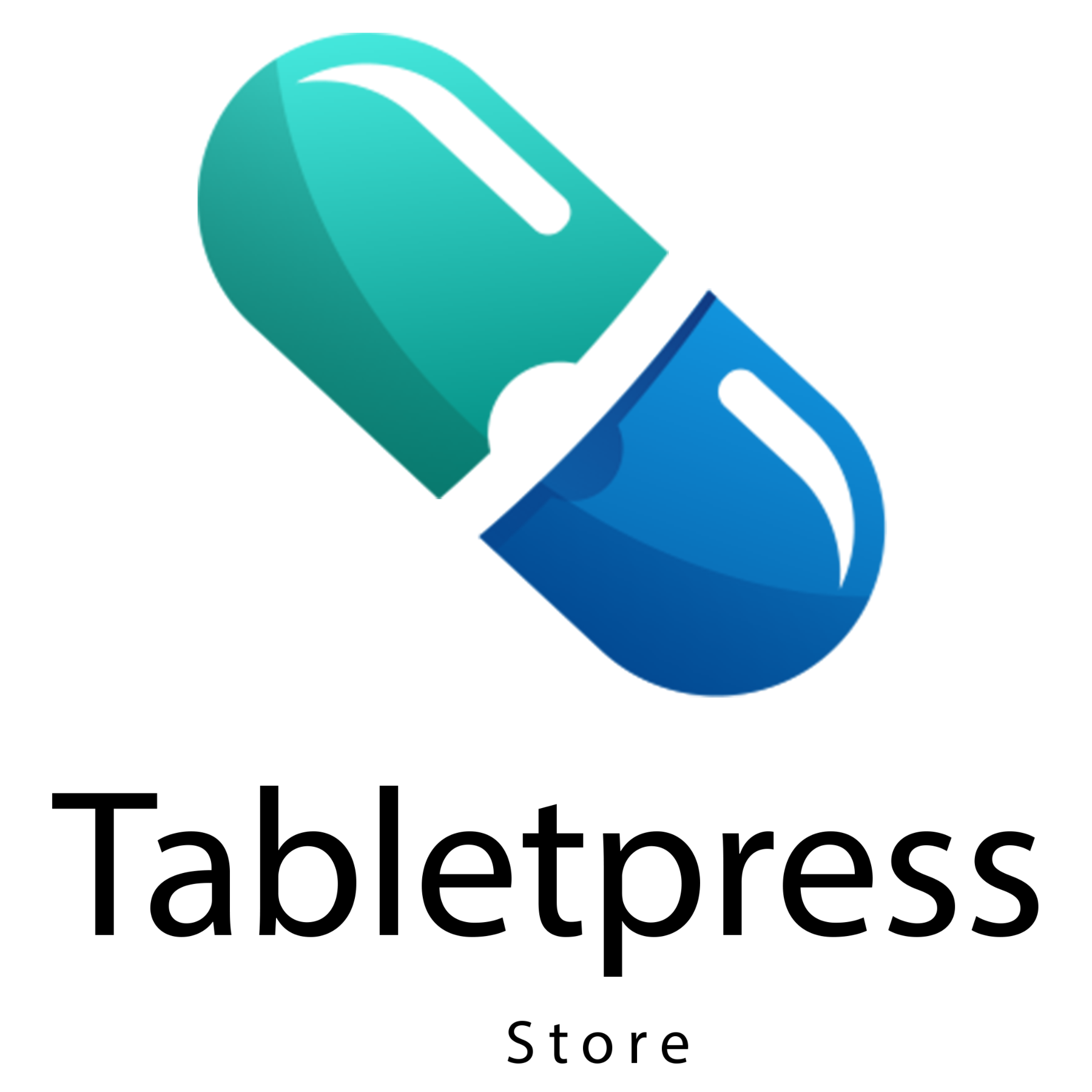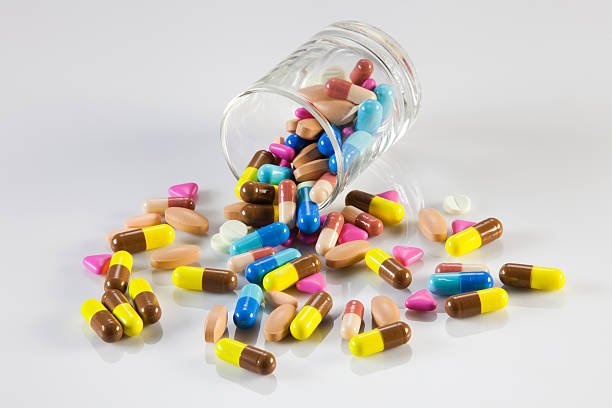The tablet press machine is a key piece of equipment in pharmaceutical and chemical production. It enables the production of tablets in large quantities that meet industry standards in terms of size, shape, density, and strength. Optimal performance of these machines is essential for maximizing productivity and minimizing costs. To increase the efficiency of a tablet press machine, several factors must be considered, including machine maintenance, material handling, and process optimization.
First and foremost, regular machine maintenance is of utmost importance. Wear and tear on components such as punches, dies, and compression mechanisms can lead to inefficient production processes. Failure to regularly clean and replace parts can result in poor tablet quality and machine downtime, significantly disrupting production flow. To avoid these problems, a preventative maintenance plan should be developed. This includes not only visual inspection and lubrication of moving parts, but also regular calibration and replacement of worn components.
Another important aspect is material quality and handling. The selection of the right raw materials, such as binders, fillers, and active ingredients, is crucial for tablet quality and the overall production process. Materials that are not evenly mixed or lack flow can lead to tablet formation problems. Optimal material handling therefore includes precise dosing and mixing techniques that ensure a homogeneous mass. Furthermore, the materials should be stored in the correct quantities and under the correct conditions to ensure consistent quality.
In addition to maintenance and material handling, machine operation also plays a crucial role in optimizing productivity. The speed of the tablet press machine must be tailored to the specific process to achieve the best tablet quality at maximum speed. Too high a speed can lead to overloads and inaccurate dosing, while too low a speed slows production and causes unnecessary costs. Precise speed control, along with optimal compression force adjustment, helps achieve the right balance. The temperature and humidity in the production environment should also be considered, as they can affect the physical properties of the materials used.
An often underestimated factor in productivity optimization is operator training. A well-trained workforce can identify and resolve potential problems more quickly, increasing production efficiency. Therefore, regular investment should be made in training that deepens understanding of machine functionality and proper material handling. Operator feedback can also provide valuable information for continuous improvement of production processes.
Another important aspect is the monitoring and analysis of machine parameters during operation. Modern tablet presses are often equipped with sensors and control systems that enable continuous monitoring of factors such as pressure, speed, and temperature. This data can be used to detect deviations early and make appropriate adjustments. Continuous analysis of production data can also help identify recurring error sources and thus increase overall productivity in the long term.
In terms of machine design itself, there are increasing innovations aimed at increasing efficiency. The latest tablet press models offer improved compression systems that ensure higher tablet consistency and strength while reducing energy consumption. The integration of automated material feeding and removal systems also has the potential to significantly reduce labor and increase production speed.
Process control and quality assurance are also crucial to ensure that the tablets produced meet requirements. Modern measurement and testing technologies are used here to enable continuous monitoring of tablet quality. For example, online inspection systems can be used to check tablets for visual defects, weight, and size. This real-time monitoring allows production to be adjusted immediately if irregularities occur, resulting in greater efficiency and less waste.
Another aspect that influences productivity is reducing downtime. Machines that require frequent breaks or stops to change certain settings or troubleshoot errors slow down overall production. A well-designed automation solution can help minimize downtime. Automated cleaning systems or self-diagnostic functions that detect and immediately report problems are just some of the technological advances that can increase productivity.
In summary, optimizing a tablet press machine is a complex process that encompasses various factors such as maintenance, material quality, machine control, staff training, and the implementation of new technologies. Only through continuous improvement in these areas can maximum productivity be achieved. By following these principles, you can significantly increase the efficiency of tablet production, reduce costs, and simultaneously ensure the quality of the final products.





